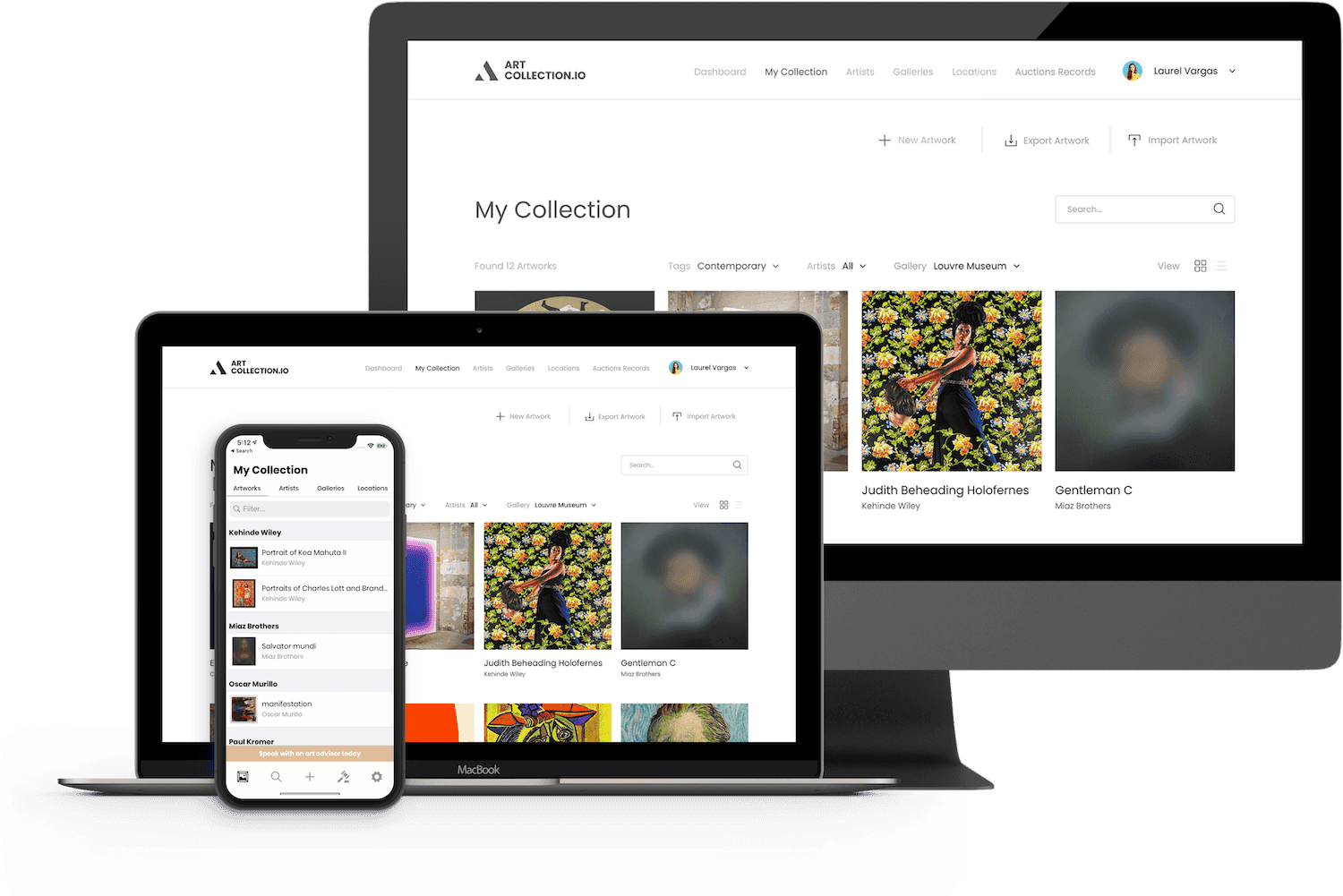In synthesising the influences of J M W Turner and the Pre-Raphaelites, Albert Goodwin may be considered one of the most Ruskinian of Victorian landscape painters. Indeed, he was taken up by John Ruskin and, in 1872, given the opportunity to travel with him on an intensive tour of Italy and Switzerland. This set the pattern for many further and extensive travels. Like Ruskin, Goodwin responded to landscape with a religious fervour and understanding; but he interpreted it with greater eclecticism than did his mentor, even experimenting with the style of James McNeill Whistler, Ruskin’s adversary in the field of aesthetics.
Albert Goodwin was born in Boxley Road, Maidstone, Kent, on 17 January 1845, the son of the builder, Samuel Goodwin, and his wife, Rosetta. He was educated locally, in Bedford Place, at a school run by William Henry Wicksteed. On leaving school, he was apprenticed to a local draper, but after six months he left to take up painting. He was influenced by the Pre- Raphaelites, becoming the pupil of Arthur Hughes, who lived for a time in Maidstone, and later Ford Madox Brown. His early landscapes – mainly of Kent, but also of Jersey, Holland and Newcastle – are of an intense, jewel-like precision. Brown told his patron, James Leathart, that he believed that Goodwin would ‘become before long one of the greatest landscape painters of the age’ (in a letter dated 12 July 1864).
Following the death of his first wife, Mary Ann, in 1869, Goodwin moved to London to work in the studio of Arthur Hughes. It was probably through Hughes that Goodwin met the critic, John Ruskin, and then gave him a lesson in watercolour painting. At about the time that he was elected an Associate of the Society of Painters in Water Colours, in 1871, Ruskin commissioned him to produced some landscapes of Oxfordshire. Then, in the following year, Ruskin took him and Arthur Severn on a three-month tour through Switzerland to Italy. Goodwin never forgot this introduction to alpine scenery, which remained for him a standard of beauty, or to the cities of Italy, which he revisited on numerous occasions. As if demonstrating the programme that Ruskin had laid out in Modern Painters, Goodwin looked increasingly to the example of Turner; at times, however, he tried to synthesise it with the aesthetic of Whistler. This conflict of influences is dramatised to fascinating effect in Goodwin’s privately printed diaries.
Goodwin was a hardworking and prolific artist, driven by religious belief and moral responsibility to express his talent and provide for his family. He travelled extensively in search of varied, and often exotic, landscapes, and visited Egypt (1876), India (1895), the West Indies and North America (1902, 1912) and New Zealand (1917). Sometimes these sites became settings for literary or biblical subjects, some developed on a large scale and painted in oil. Goodwin exhibited regularly at the Royal Academy (1860-1920) and the Royal Society of Painters in Water-Colours. He became an associate of the RWS in 1871 and a full member a decade later. In addition, he held eight solo shows at the Fine Art Society (1886-1907), three at Leggatt’s (1912- 22), two at the Rembrandt Gallery (1902, 1904), and others. Later in his career, he reworked and embellished many of his favourite watercolours, adding ink lines, surrounding them with borders, and assembling them in albums. Through his career, he lived in London, Devon and Sussex. He died on 10 April 1932, outliving his second wife, Alice, by 16 years. He was survived by their five daughters and two sons.
His work is represented in numerous public collections, including the British Museum, Tate, the V&A, The Fitzwilliam Museum (Cambridge), Maidstone Museum & Bentlif Art Gallery, Manchester Art Gallery and The Whitworth Art Gallery (Manchester).







